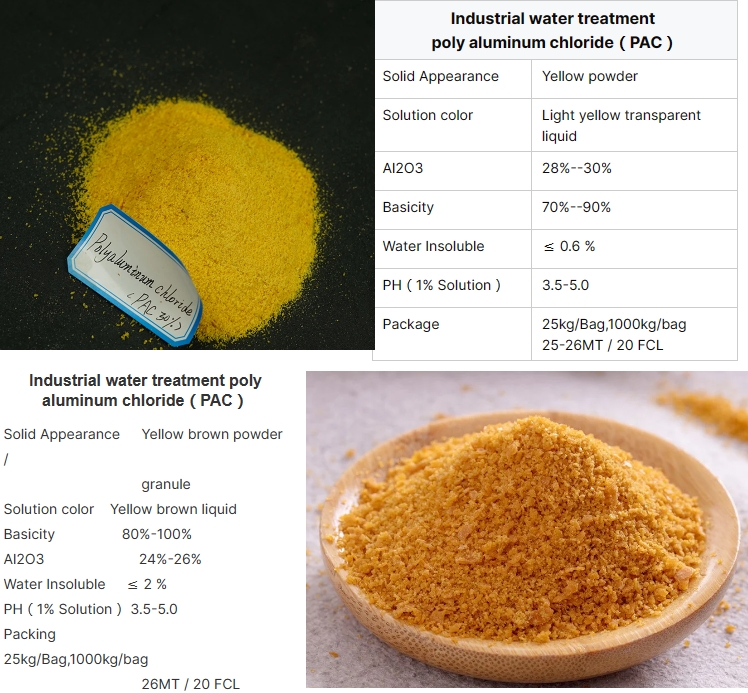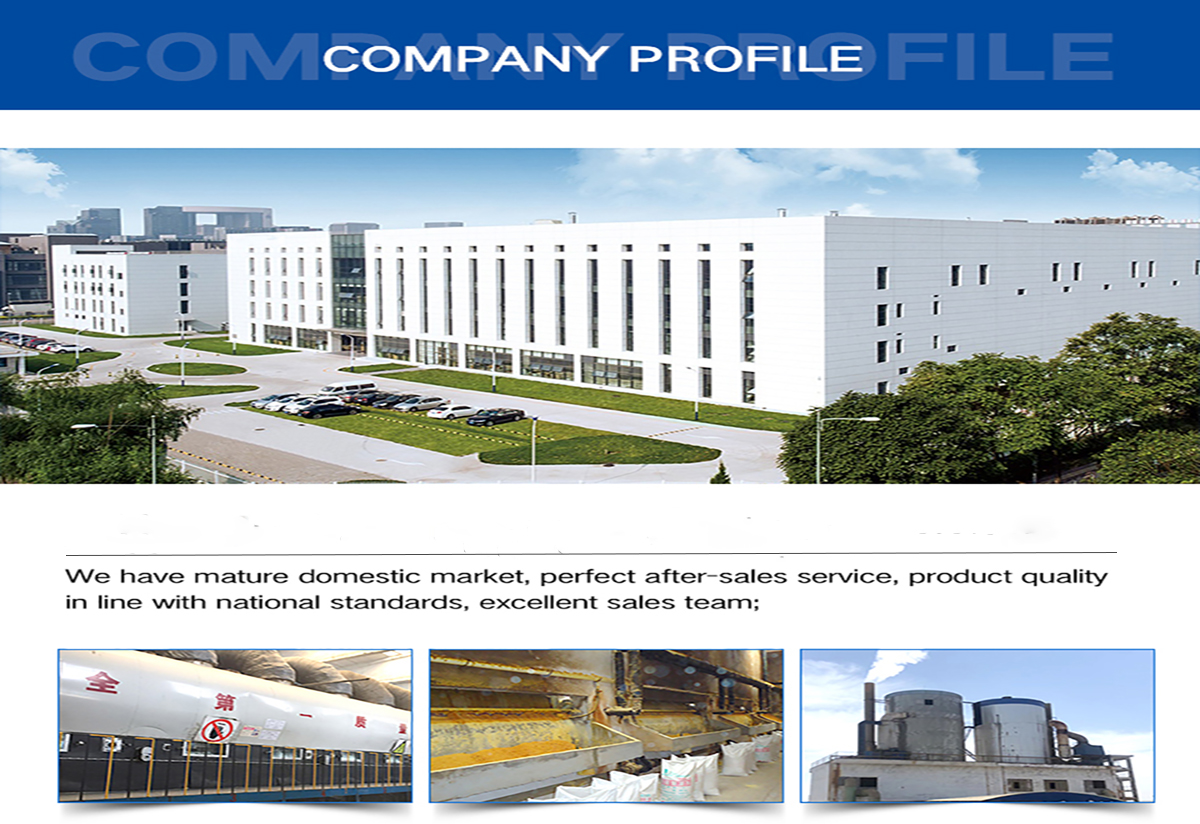Polyaluminum Chloride
Product Details & Description
Product Info
Chemical Identifiers
Product Info
Product description
Name: Poly Aluminium Chloride,PAC
CAS NO: 1327-41-9
EINECS number: 215-477-2
Molecular formula: Al2Cl(OH)5
The content of polyaluminum chloride AL2O3: 24%, 26%, 28%, 29%, 30%, 31%. Adopting national standards and advanced manufacturing technology, the polyaluminum chloride products produced are widely used in the treatment of raw water and sewage in the fields of sewage treatment, papermaking, printing and dyeing, chemical industry, metallurgy, coal washing, sand washing, urban construction and environmental protection.


Company Profile

Yang Hang company factory was built in the early 1980s, which is one of the earliest professional manufacturers engaged in water treatment materials in China. The company has an annual output of 150000 tons of water purification agent products.
Our products include Polyacrylamide Flocculant series: anionic polyacrylamide (APAM), cationic polyacrylamide (CPAM), Nonionic polyacrylamide (NPAM), salt resistant and high temperature resistant polyacrylamide for oil field, instant polyacrylamide, etc.,in which instant polyacrylamide can be directly added without dissolving, with fast flocculation speed, large floc, small dosage and good effect. Powder polyaluminium chloride (28% - 30% of Al2O3) and granular polyaluminium chloride (24% - 30% of Al2O3) can satisfy the purification of industrial water and drinking water. Active carbon series products, shell active carbon, coconut shell active carbon, column active carbon. Solid sodium acetate / sodium acetate, liquid sodium acetate / sodium acetate; alumina ball: activated alumina ball, potassium permanganate alumina ball, etc. The products are widely used in water supply, drainage, power, steel, chemical industry, oil field, papermaking, medicine, food and many other fields of water treatment.



FAQ
1. How many kinds of PAM?
There are three kinds of characteristics: Yin APAM; Yang CPAM; non-NPAM.
2. What is the difference between non-ion, anion and cation?
Non-ions are weak anions with a degree of hydrolysis of 5-8 and a molecular weight of around 15 million.
3. How many kinds of APAM? What is the difference?
From the molecular weight: from 1 million to 22 million.
From the degree of hydrolysis: medium hydrolysis 22-28; low hydrolysis below 22; high hydrolysis above 30.
4. How many kinds of CPAM? What is the difference?
In terms of ionicity: 5, 15, 20, 30, 40, 50, 60, 70, 80 From the molecular weight: 12 million, pure product.
5. Where does PAM apply to wastewater treatment?
Sludge precipitation, sludge air floatation, sludge dehydration.
6. Where does PAC apply to sewage treatment?
Decolorization, precipitation, air floatation, dehydration, coagulation
7. What type of medicament does PAM belong to? How many kinds of flocculation process? What type of medicament is PAC?
1. Flocculant or organic flocculant, settling agent
2. Air floatation, sedimentation and mud pressure.
3. Coagulant or inorganic coagulant
8. Where does PAM apply to sewage treatment?
Sludge precipitation, sludge air floatation, sludge dehydration.
9. What type of medicament does PAM belong to?
Flocculant or organic flocculant, settling agent
10. How do PAC and PAM work together?
According to the site conditions, different equipment and different water quality, according to experience, the water is not clear depends on the PAC, mud is not Shen depends on PAM, and the specific dosage depends on the experiment.



 Send me a request
Send me a request
 沪ICP备2021018848号-5
沪ICP备2021018848号-5
